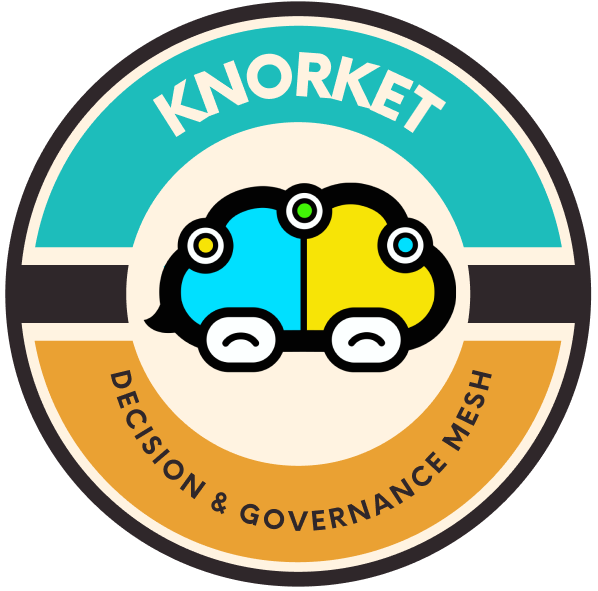Designing effective user tests is an essential part of any product development process. User testing allows you to gather valuable feedback from real users, which can help you improve the usability, functionality, and overall user experience of your product.
Effective user testing involves more than just asking users to perform a set of tasks and then collecting their feedback. In order to get the most out of your user tests, you need to carefully plan and design your tests to ensure that you are gathering the right information from your users.
Here are some key steps to follow when designing effective user tests:
1. Identify your goals
Before you start designing your user tests, it’s important to clearly identify your goals. What do you want to learn from your users? Are you trying to gather feedback on a specific feature or design element? Do you want to measure the overall usability of your product? By identifying your goals upfront, you can ensure that your user tests are focused and relevant.
2. Choose the right participants
Your user tests will only be as effective as the participants you choose. It’s important to select a diverse group of users who are representative of your target audience. This will help ensure that you are getting a broad range of feedback, rather than just the perspective of a single individual.
When selecting participants, consider factors such as their age, gender, occupation, and level of experience with similar products. You should also consider any specific goals or objectives you have for your user tests, and choose participants who are likely to be able to provide relevant feedback.
3. Create a script
Once you have identified your goals and selected your participants, it’s time to create a script for your user tests. A script is a step-by-step plan that outlines the tasks you want your users to perform and the questions you want to ask them.
When writing your script, be sure to include specific instructions for each task, as well as any notes or prompts you want to use to guide your users through the test. Your script should be clear, concise, and easy to follow.
4. Set up your testing environment
Your testing environment is where your user tests will take place. It’s important to create a comfortable and distraction-free space where your users can focus on the tasks at hand.
Consider factors such as lighting, noise, and temperature when setting up your testing environment. You should also ensure that your users have everything they need to complete the tasks, such as a computer or mobile device, as well as any necessary accessories or tools.
5. Conduct the user tests
Once you have your script and testing environment in place, it’s time to conduct your user tests. During the tests, you will need to guide your users through the tasks and ask them the questions outlined in your script.
It’s important to be attentive and responsive during the user tests. If a user has trouble with a task, offer assistance or clarification. If a user has a suggestion or feedback, be sure to listen carefully and make note of it.
6. Analyze the results
After conducting your user tests, it’s time to analyze the results. This involves reviewing the feedback you received from your users, as well as any observations or notes you made during the tests.
Look for common themes or patterns in the feedback, as well as areas where users struggled or had difficulty. This will help you identify areas for improvement, and provide valuable insights into how you can enhance the user experience of your product.
7. Implement changes
Based on the feedback you received from your user tests, it’s time to implement changes to your product. This may involve making design or functionality changes, or simply making adjustments to your user interface or user flow.
It’s important to prioritize the changes you make based on the feedback you received from your users. Focus on addressing the most significant issues first, and consider conducting additional user tests to validate the effectiveness of your changes. By designing effective user tests and carefully analyzing the results, you can gather valuable insights into how users interact with your product, and make improvements that will enhance the user experience. This, in turn, can help increase user satisfaction and engagement, and ultimately drive the success of your product.

